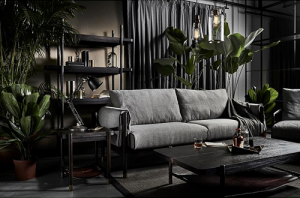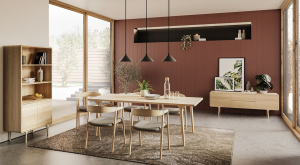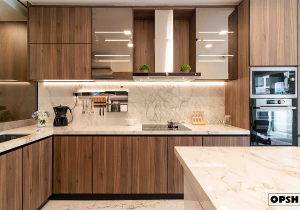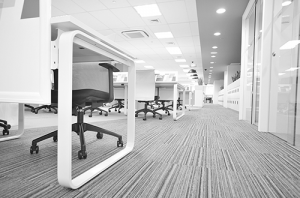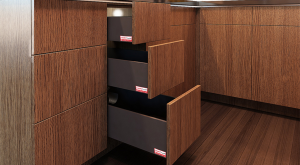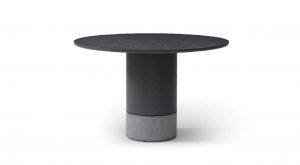Featured Post
Transform Your Home: Creating Multifunctional Spaces with Adaptable Furniture
Living in a home where every inch matters is a reality for many of us. Creating multifunctional spaces with adaptable furniture offers a smart solution. This article shows you how to turn your home into a flexible, stylish space that fits your life, no matter the size.
What Are Multifunctional Spaces?
Multifunctional spaces do more than one job in your home. Your living room might become a guest bedroom at night. Or your dining table could serve as a desk by day. These setups shine in small apartments or houses where space is tight.
When I moved into my 400-square-foot studio, I faced a challenge. I needed a spot to relax, sleep, and work—all in one room. That’s when I learned how clever design and furniture can make a big difference.
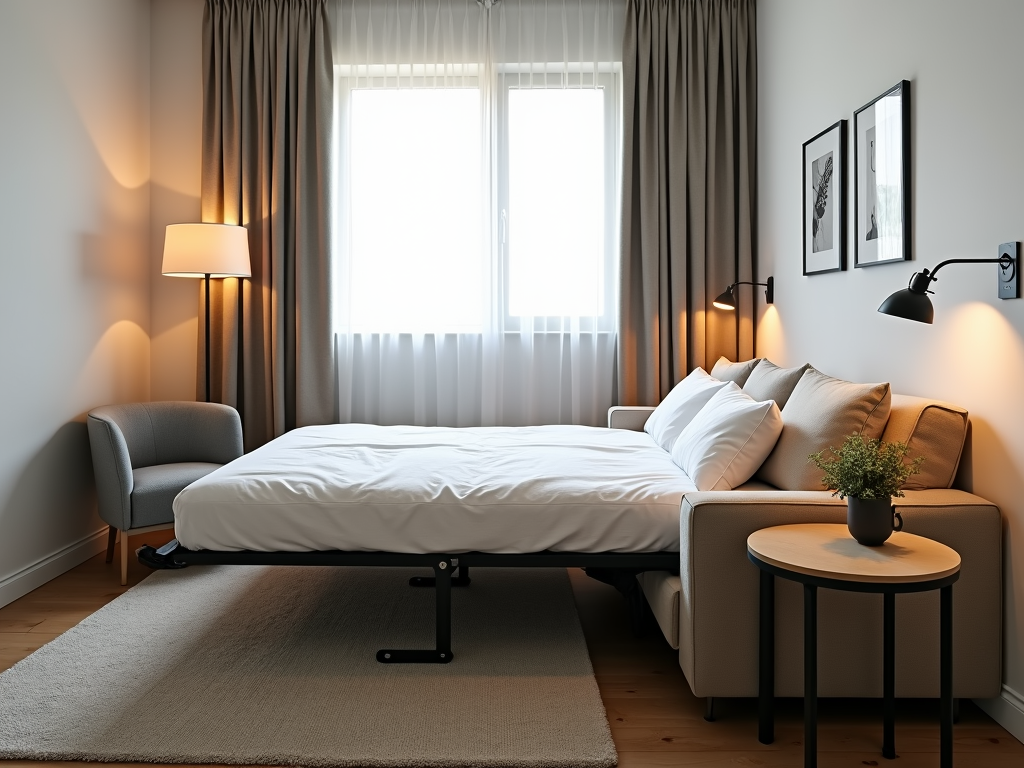
Flexible spaces save you from feeling boxed in. They let you live bigger without moving to a larger place. Plus, they’re perfect for anyone who loves a home that can change with their needs.
Why Adaptable Furniture Matters
Adaptable furniture makes multifunctional spaces work. These pieces shift or serve multiple roles. A bed that folds into the wall, a table that stretches for guests, or an ottoman with hidden storage—all are game-changers.
Take my Murphy bed, for instance. By day, it’s out of sight, freeing up my floor. By night, it’s a comfy spot to sleep. It’s furniture that moves with my day, not against it.
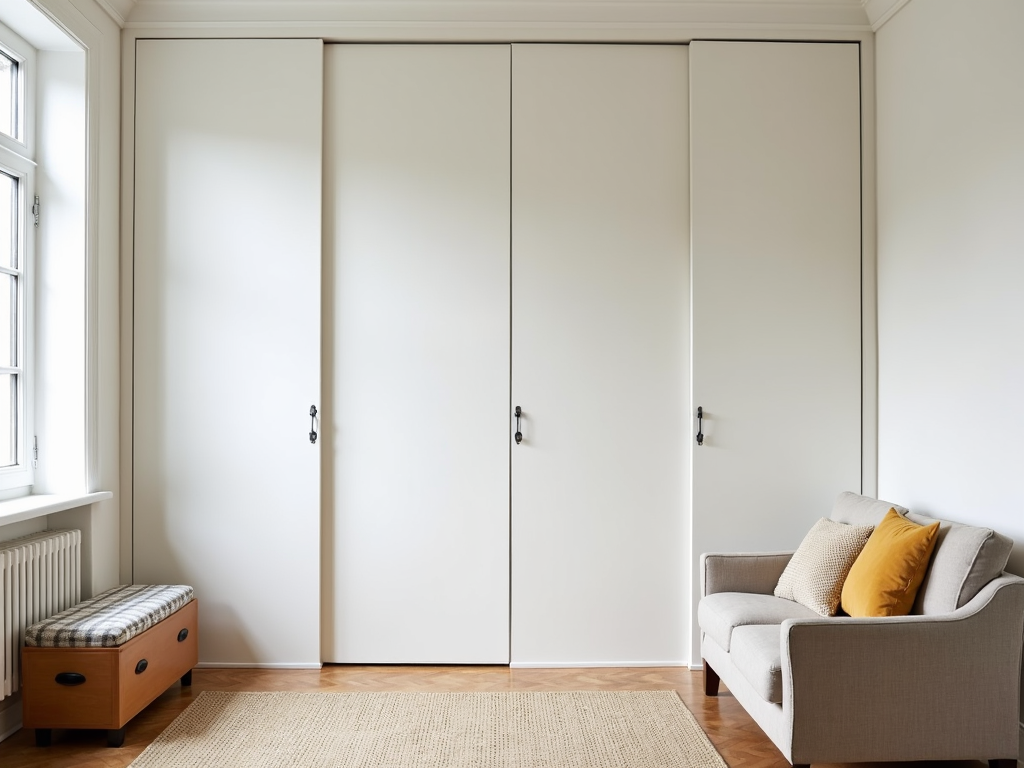
Sofa beds are another winner. They’re cozy for movie nights and ready for guests in minutes. Extendable tables fit a quick meal or a big dinner party. The right furniture doesn’t just sit there—it works for you.
How to Pick the Best Adaptable Furniture
Choosing adaptable furniture starts with knowing what you need. Do you host often? A sofa bed might be your star player. Work from home? Look for a desk that tucks away. Think about your daily life and go from there.
Here’s a quick list of pieces to consider:
- Sofa bed: Great for guests or small spaces.
- Extendable table: Perfect for meals or projects.
- Storage ottoman: Hides clutter while you sit.
- Nesting tables: Stack them up or spread them out.
- Foldable desk: Work when you need, hide it when you don’t.
Measure your room first. Pick items that fit without crowding everything else out.
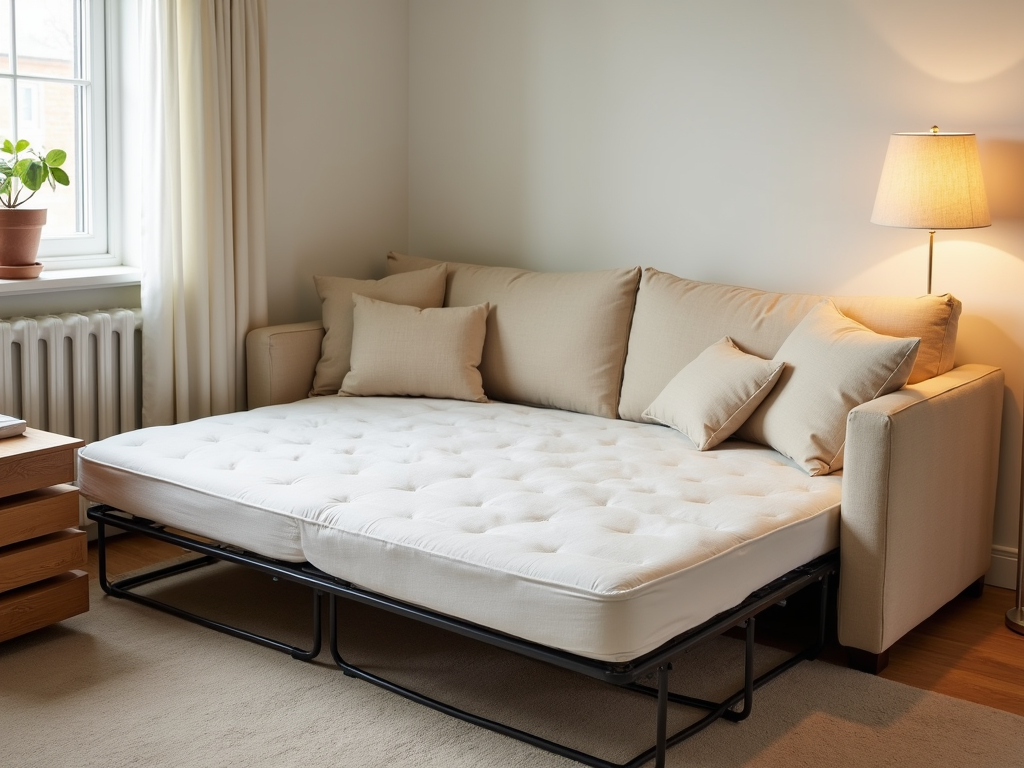
Style matters too. A sleek, neutral piece blends into any room. Durability counts—look for solid frames and easy-to-clean fabrics. Test them out if you can. You want furniture that lasts and looks good doing it.
Designing a Space That Works
Arranging your furniture sets the stage for a multifunctional room. Create zones to keep things clear. A rug under your sofa marks the living area. Another by the table says ‘dining’ or ‘work.’ It’s simple but effective.
Lighting helps too. A bright lamp over your desk keeps you focused. Softer lights by the bed make it feel restful. Play with bulbs or dimmers to switch the vibe as needed.
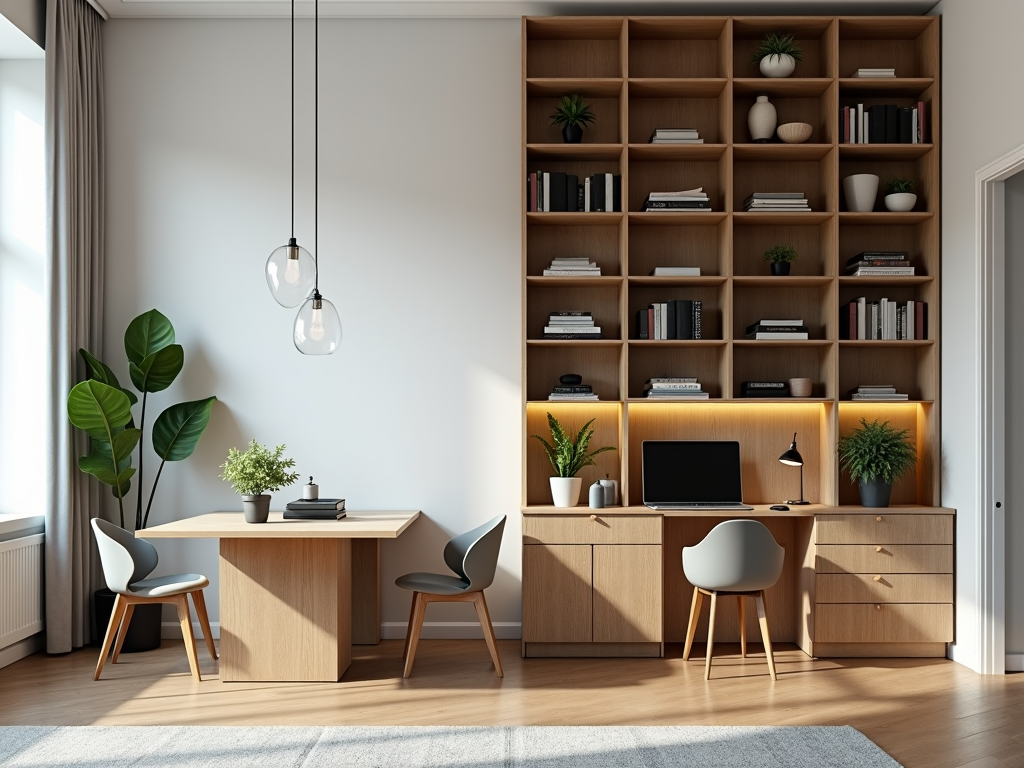
Color can separate spaces without walls. Paint one side of the room a bold shade for your bed area. Keep the rest calm for lounging. Small touches like pillows or art tie it all together.
I once helped a friend split her studio with a curtain. It was cheap, easy, and gave her a private sleep spot. Little tricks like that go a long way.
Real Stories, Real Spaces
My friend Sarah had a one-bedroom apartment and a new remote job. She needed an office but didn’t want to lose her living room. We added a wall-mounted desk that folds flat against the wall. A sofa bed covered guest duty, and a tall bookshelf split the space. She says it’s like having two rooms now.
In my place, I use a bed with drawers underneath. It holds clothes and frees up closet space. My desk doubles as a nightstand—small, but it works. These tweaks make my home feel bigger than it is.
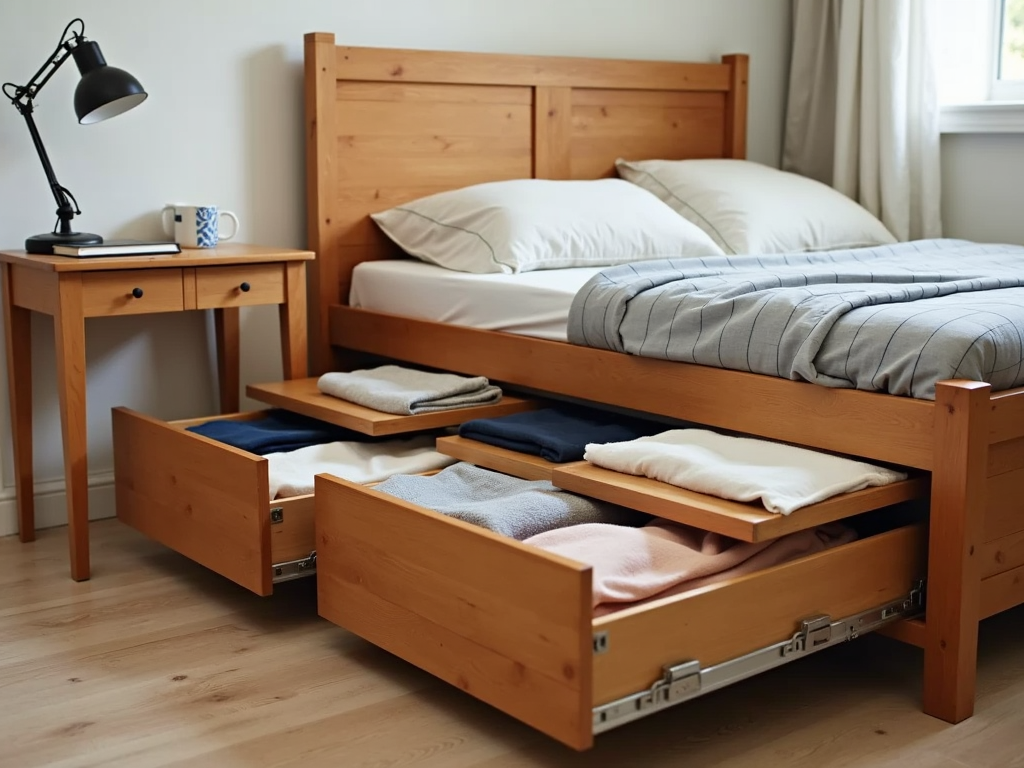
Another time, I visited a couple who turned their dining room into a play area for their kids. An extendable table slid aside for toys, and storage benches hid the mess. It was smart and kept their home peaceful.
The best part? You don’t need a big budget. Start with one piece and build from there. Check out sites like IKEA for affordable options that adapt.
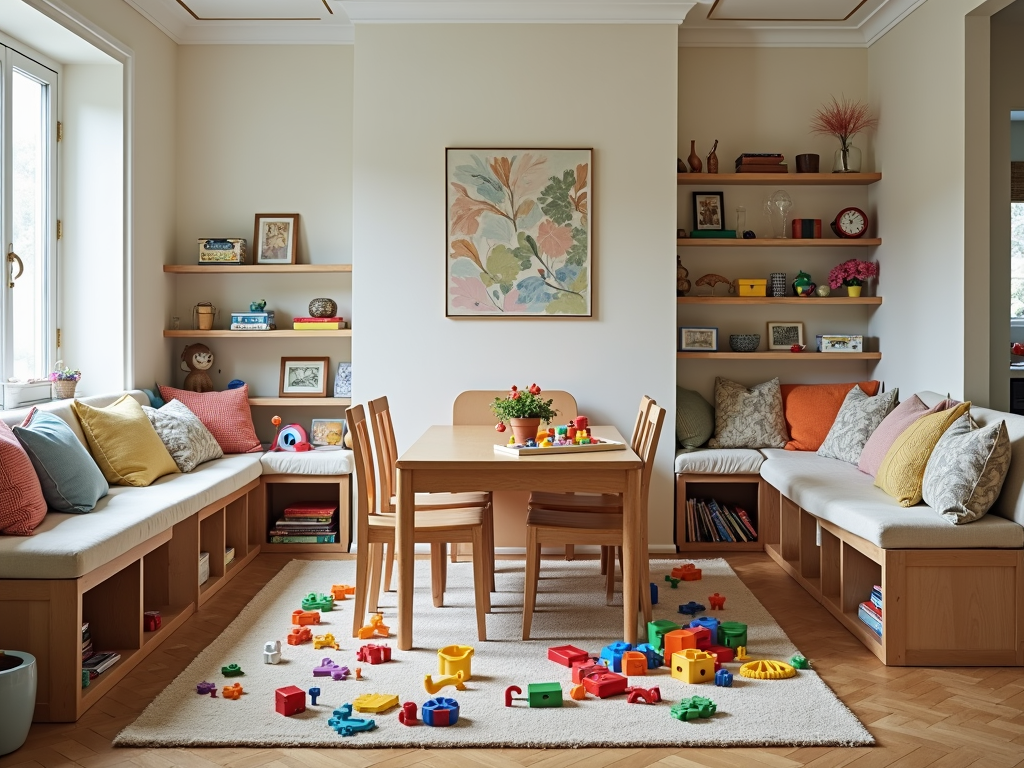
Tips to Get Started
Ready to try this at home? Start small. Swap your coffee table for one with storage or a lift-top. Move things around to see what flows. Look for furniture that pulls double duty without breaking the bank.
Keep it personal. Your space should feel like you, not a showroom. Mix in colors or pieces you love. That’s what makes it a home.
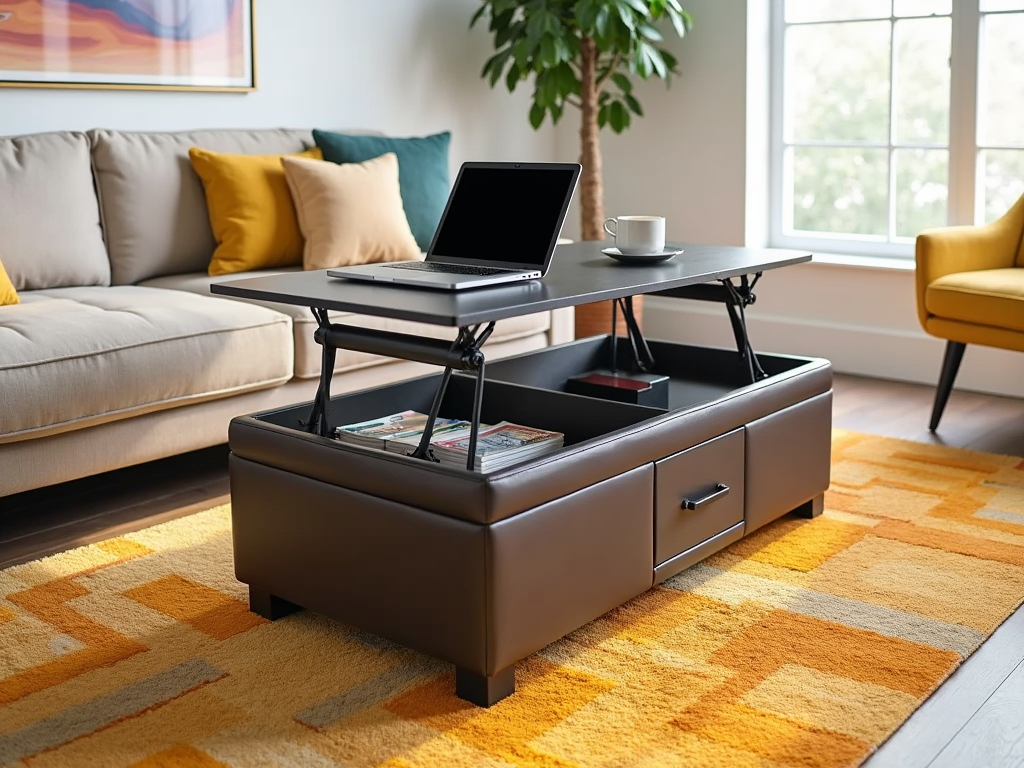
Creating multifunctional spaces with adaptable furniture isn’t just practical—it’s fun. You get to rethink how you live and make every corner count. With the right bed, furniture, and layout, your home can do more than you ever imagined.
So, grab a tape measure and start planning. A more flexible home is closer than you think.


